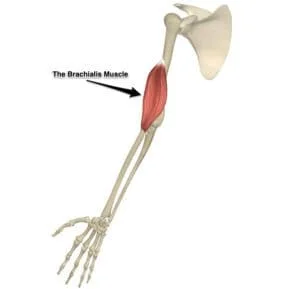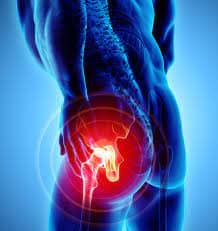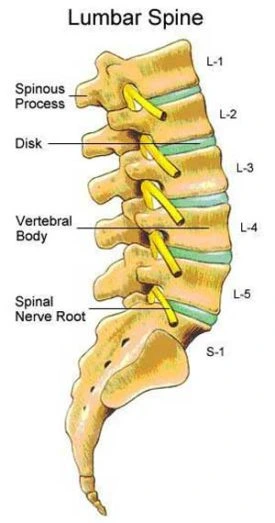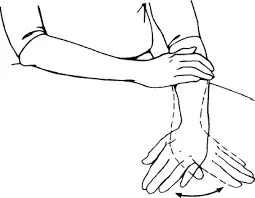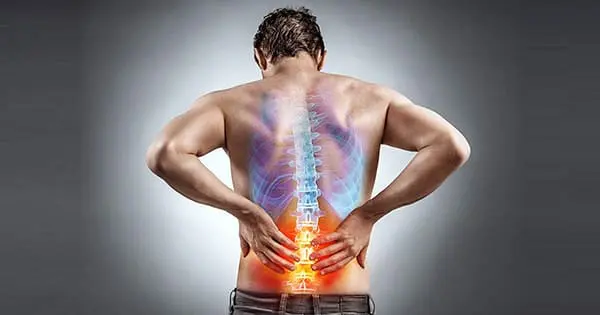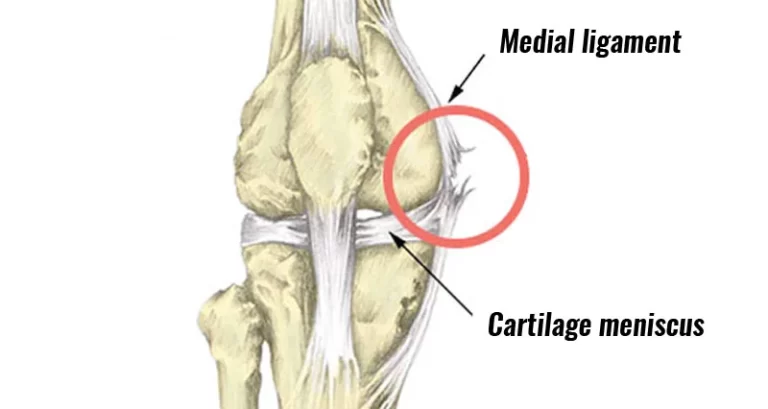Brachialis Muscle
Introduction
The brachialis muscle is the elbow joint’s primary flexor. It has a fusiform shape and is positioned in the arm’s anterior (flexor) compartment, close to the biceps brachii.
It is periodically divided into two portions and may combine with fibres from the biceps brachii, coracobrachialis, or pronator teres muscles.
Structure
Origin
The distal part of the anterior surface of the humerus bone
Insertion
Coronoid process and ulnar tuberosity.
Blood Supply
The brachial and radial arteries, the superior and inferior ulnar collateral artery branches periodically augment blood flow to the brachialis muscle.
The auxiliary arteries are tiny and quite varied. They may originate in the brachial artery, profunda brachii, or superior and inferior ulnar collateral arteries. Venous drainage of the brachialis occurs via venae comitantes, which mirror the arterial supply before draining back into the brachial veins.
Nerve Supply
The musculocutaneous nerve gives the majority of motor function. The brachialis and brachioradialis muscles form a channel in which the radial nerve runs above the elbow.
Function
Flexion at the elbow. It is the major forearm flexor at the elbow joint, allowing it to bend in any direction. It is unaffected by forearm pronation or supination, and because it is not linked to the radius, it neither pronates nor supinates.
The brachialis maintains the action of maintaining elbow extension by relaxing at a consistent pace. An eccentric contraction of a muscle. This action is used for precise motions, such as delicately placing a teacup on a level surface.
Anatomical Variations
One case report described the identification of an auxiliary brachialis muscle during cadaver dissection at Harvard Medical School in 2003. The auxiliary brachialis muscle developed from the humerus’s midshaft and medial intermuscular septum. It passed via the median nerve and the brachial artery before entering the common tendon of the elbow flexor muscles.
Another research revealed an auxiliary brachialis muscle with a fibrous/muscular tunnel that encircled the brachial artery and median nerve, indicating that this anatomic variant might produce nerve compression symptoms during muscle contraction.
Surgical Importance
The brachialis is frequently detached during anterolateral humeral surgery. Such techniques are commonly used for humerus fractures, particularly supracondylar humerus fractures. Supracondylar fracture of the humerus is one of the most common paediatric elbow injuries. According to estimates, it accounts for 15-17% of all paediatric extremity fractures.
Notably, cadaver studies have shown that the anterolateral division of the brachialis has a high risk of terminating lateral branch nerve supply, even when it is innervated by both the musculocutaneous and radial nerves. Given anatomical diversity, it may be difficult to determine the precise position of critical nerves inside these muscle compartments, complicating the surgical approach. Some have mentioned taking a lateral technique that avoids splitting the brachialis muscle. However, there is fear that the necessary manipulation and dissection will raise the chance of post-operative nerve palsy.
Clinical Importance
The brachialis may be clinically examined by palpating the tensed muscle fibres while flexing the elbow against resistance, while keeping the forearm in a semi-prone posture. When this movement is performed appropriately, the brachialis may be seen and felt. This can appear as a weakness in flexing the arm against resistance, as well as an inability to fully extend the elbow joint due to discomfort from the brachialis tendon.
The brachialis is the primary muscle involved in standard upper-body workouts such as pull-ups and elbow curls, and overuse can induce inflammation in the muscle’s tendon. This is known as brachialis tendonitis.
Climbers’ elbow is a kind of brachialis tendonitis that is highly frequent among climbers. A typical cause of this injury among climbers is reaching (hyperextending the elbow) and then lifting their body weight upwards by bending the elbow joint, as seen in rock climbing.
The main signs of brachialis tendonitis are increasing soreness in the anterior elbow and oedema around the elbow joint. Patients frequently report being unable to extend their elbows due to brachialis muscle stiffness and pain. The POLICE (Prevention, Optimal Loading, Ice, Compression, Elevation) approach is used to treat acute sprains and strains, replacing the old PRICE (Prevention, Rest, Ice, Compression, Elevation) strategy.
The POLICE method is an incremental rehabilitation therapy that progressively restores stress to the injured muscle, allowing it to rebuild strength and structure. Muscle injuries can be avoided by properly warming up before activity, but they may also require the use of external accessories such as bandages and tapes.
The healing period for brachialis tendonitis is determined by the level of tendon injury, however, the elbow normally maintains good function throughout the treatment process. This ultimately increases as the muscle recovers strength. Most strains will recover with good physiotherapy within six weeks.
Treatment
- Acute Injury or Strain (Initial Phase)
Goal: Reduce pain and inflammation
Rest: Avoid activities that will worsen your elbow.
Ice therapy: Every few hours during the first 48 hours, 15-20 minutes of ice is administered. Elevation: Hold your arm up to decrease swelling. - Subacute Phase (After a Few Days)
Goal: Restore mobility and avoid stiffness.
Gentle stretching consists of gentle elbow flexor and extensor stretches.
Heat Therapy: Apply warm compresses to promote blood flow (after the acute irritation has passed).
Massage Therapy: A light massage to improve circulation and relieve m
uscular tension. - Rehabilitation and Strengthening
Goal: Regain strength and function.
Isometric exercises: Start with static holds (for example, pressing against a wall without moving the joint).
Progressive resistance training involves using little resistance with bands or dumbbells and progressively increasing the amount as tolerated.
Focus on Elbow Flexion: Use exercises that isolate the brachialis, such as: Hammer curls, Reverse curls, Zottman curls.
Stretching Exercise
- Wall Brachialis Stretch
- Stand with your palms against the wall.
- Maintain a straight elbow and a slightly backward-pointing arm.
- Turn your hand down (pronated), then gently shift your body away from the wall.
- Behind-the-Back Elbow Extension Stretch
- Reach both hands behind your back and grasp them.
- Straighten the elbow on the arm that you’d like to stretch.
- Pull slowly with the opposing arm to extend the stretch.
- Tip: Keep your wrist pronated to properly target the brachialis.
- Straight Arm Stretch with Dumbbell (Gravity Stretch)
- Sit or stand, holding a light dumbbell in one hand with your arm straight at your side and palm facing backward.
- Allow gravity to gradually draw your arm down, resulting in a stretch at the front of the upper arm.
- Hold for 20 to 30 seconds.
Strengthening Exercises
- Reverse Curl (EZ Bar or Dumbbells)
- Use an overhand (pronated) grip when holding a barbell or dumbbell.
- Curl the weight up and maintain your elbows tight to your body.
- Lower gently and with care.
- Zottman Curl
- Curl the dumbbells up using a supinated (palm-up) grip.
- At the peak, switch to a pronated grip and steadily drop.
- This stresses both the biceps and the brachialis at various stages.
- Hammer Curl
- Use dumbbells with a neutral grip (thumbs up).
- Curl up and down while maintaining your wrist neutral.
- Why it works: It activates both the brachialis and brachioradialis muscles.
FAQs
Why does the brachialis hurt?
Repetitive strong contractions or hyperextension of the arm are frequent causes of brachialis muscle injuries. This is frequent among climbers owing to hand pronation and a prolonged starting position.
Do pull-ups hit the brachialis?
Pull-ups put more tension on the brachialis, which makes them more difficult because it is a smaller muscle than the biceps. But for the back, they’re roughly equivalent.
Is the brachialis stronger than the biceps?
The brachialis is 50% stronger than the biceps and plays a crucial role in muscular function.
Which is the strongest muscle in the arm?
The brachialis muscle is the strongest elbow flexor when supination is not present. However, in supination and flexion, it has less mechanical momentum than the biceps brachialis muscle.
References
- Anatomy, shoulder and upper limb, brachialis muscle – 2023 https://www.ncbi.nlm.nih.gov/books/NBK551630/
- Brachialis muscle – 2023 https://www.kenhub.com/en/library/anatomy/brachialis-muscle
- Brachialis muscle – 2024 https://en.wikipedia.org/wiki/Brachialis_muscle

